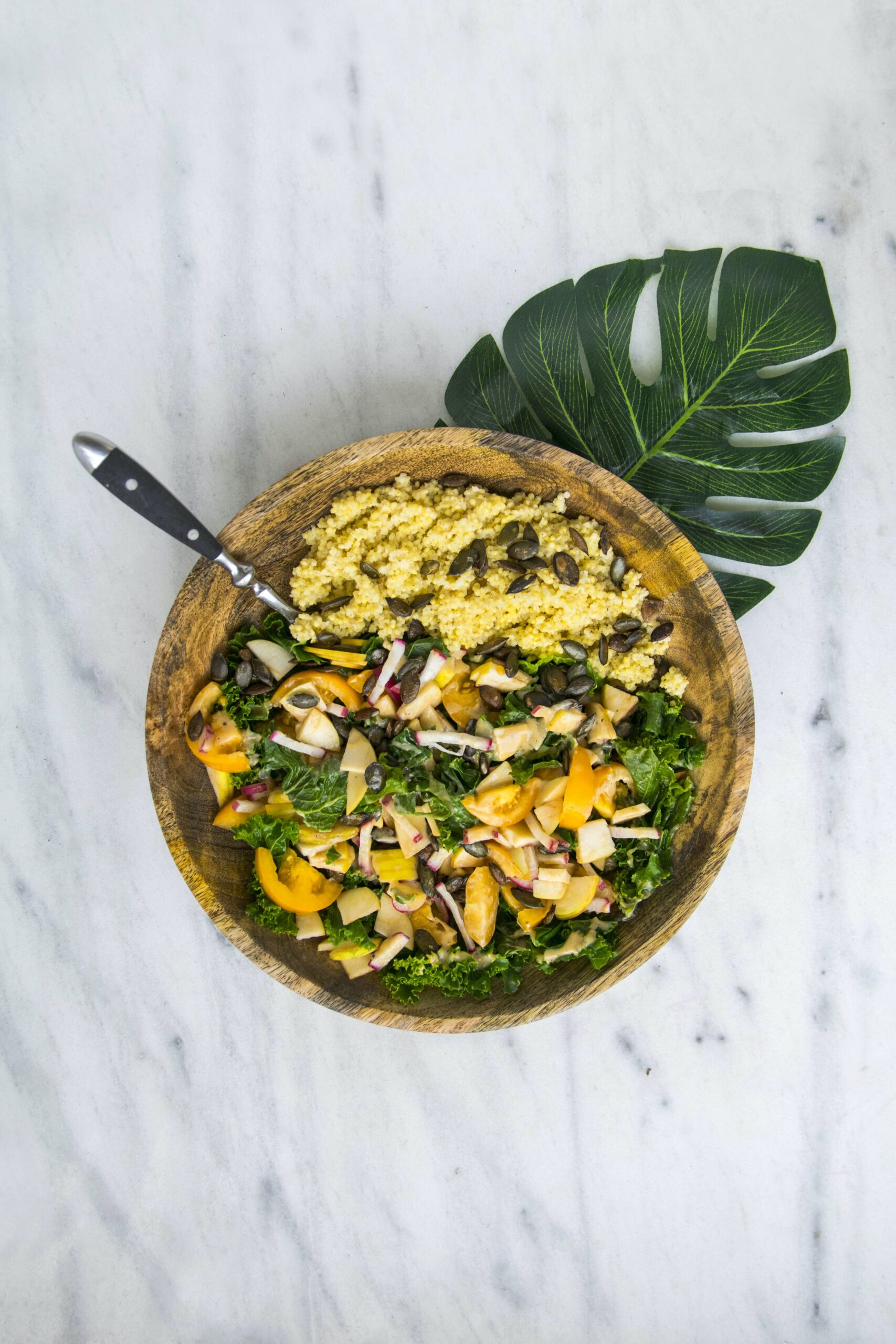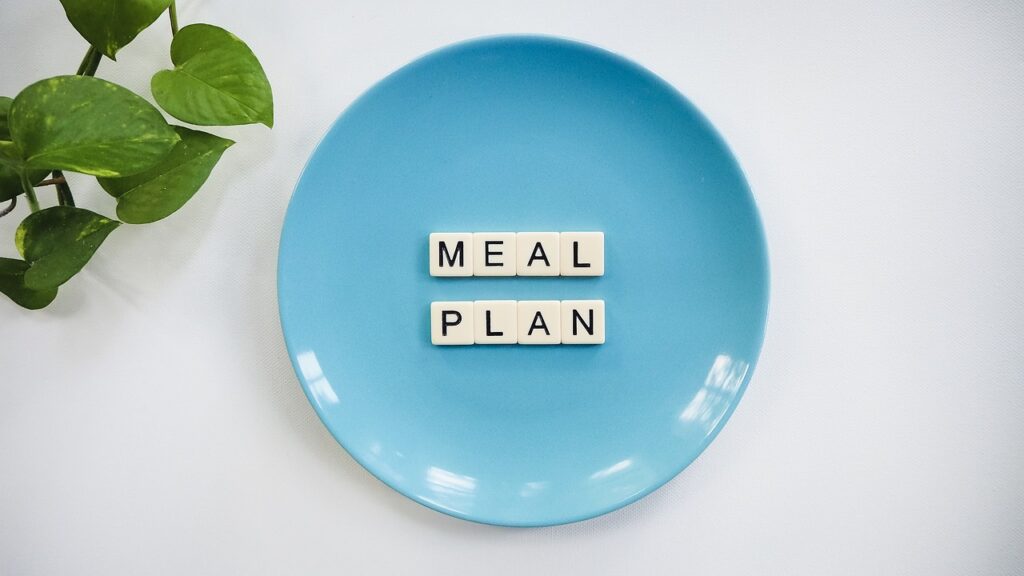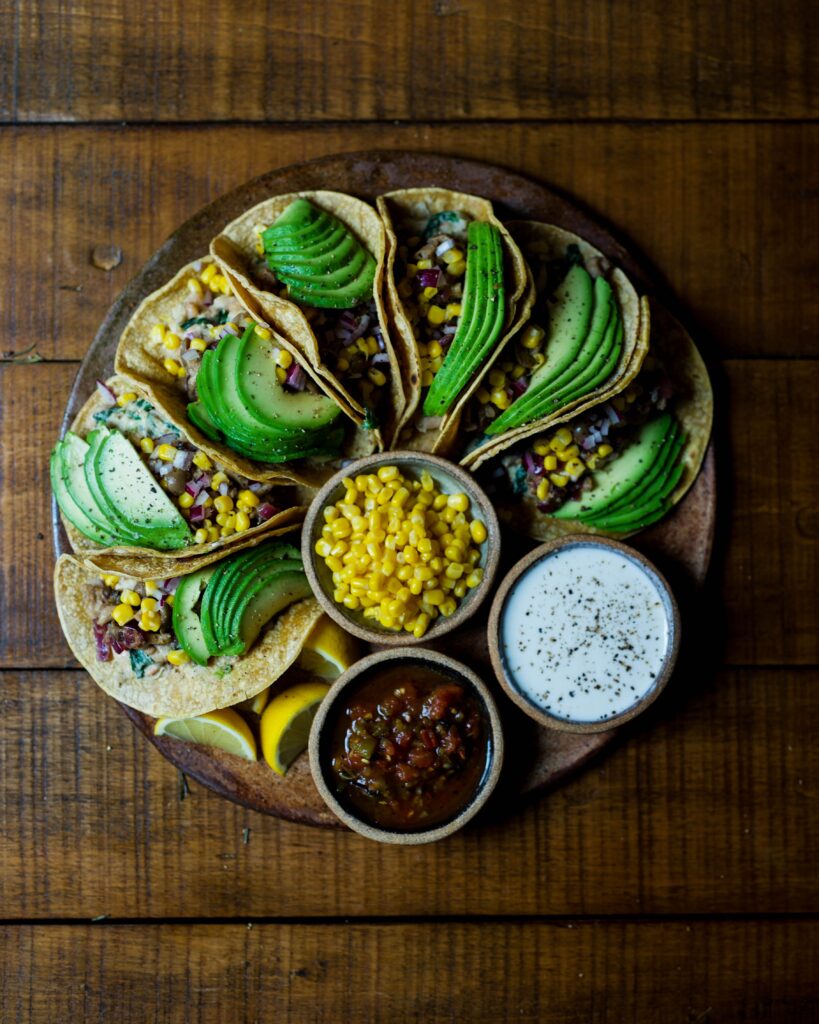
If you’re looking for tips on cooking for a family with a gluten-free diet, look no further! This article will provide you with some helpful suggestions and delicious recipe ideas that will satisfy everyone at the dinner table. Whether you’re new to gluten-free cooking or have been doing it for a while, there’s something here for everyone. So grab your apron, put on your chef’s hat, and let’s get cooking!
Understanding Gluten-Free Diet
What is a gluten-free diet?
A gluten-free diet is a way of eating that excludes gluten, a protein found in wheat, barley, and rye. It is essential for people with celiac disease, gluten sensitivity, or wheat allergies to follow a gluten-free diet to avoid adverse health effects. Gluten can cause damage to the small intestine in individuals with celiac disease, leading to digestive problems, nutrient deficiencies, and other serious complications. By eliminating gluten from their diet, these individuals can manage their condition and improve their overall health.
Why do some people follow a gluten-free diet?
There are various reasons why someone may choose to follow a gluten-free diet, even without a diagnosed medical condition. Some people may have a non-celiac gluten sensitivity, which means they experience symptoms similar to those with celiac disease, but without the intestinal damage. Others believe that a gluten-free diet can improve their digestion, boost energy levels, and support weight loss. Additionally, some individuals may have a wheat allergy, which requires them to avoid gluten-containing grains.
Identifying Gluten Sources
Common gluten-containing foods
To effectively follow a gluten-free diet, it is crucial to be aware of foods that typically contain gluten. These include:
- Wheat-based products: Bread, pasta, couscous, crackers, and baked goods.
- Barley-based products: Malt, beer, and some soups.
- Rye-based products: Rye bread, rye crackers, and rye beer.
- Some processed foods: Sauces, dressings, marinades, soups, and processed meats may contain gluten as a thickening agent or filler.
Hidden sources of gluten
Gluten can often be found in unexpected places, making it important to carefully read food labels. Some common hidden sources of gluten include:
- Condiments and sauces: Soy sauce, teriyaki sauce, and gravy may contain gluten.
- Processed meats and seafood: Deli meats, sausages, hot dogs, and imitation seafood may have added gluten.
- Seasonings and spice mixes: Some blends may contain gluten as a filler.
- Soups and broths: Some canned or packaged soups may have gluten-containing ingredients.

Kitchen Preparation
Designating a gluten-free area
When cooking for a gluten-free diet, it is helpful to designate a specific area or section of your kitchen for gluten-free food preparation. This ensures that there is minimal cross-contamination with gluten-containing ingredients. Use separate cutting boards, utensils, and appliances when preparing gluten-free meals. It is also advisable to label gluten-free pantry items clearly to avoid mix-ups.
Cleaning kitchen utensils and appliances
Thoroughly clean all utensils, appliances, and surfaces that may come into contact with gluten. Scrubbing with hot soapy water or running through a dishwasher cycle can help remove any residue. Pay close attention to items such as toasters, cooking surfaces, and shared containers that may have gluten particles clinging to them. Keeping a clean and gluten-free kitchen environment is essential for the health and safety of those following a gluten-free diet.
Gluten-Free Pantry Essentials
Gluten-free flours and grains
Stocking your pantry with gluten-free flours and grains is crucial for creating a variety of gluten-free meals. Some common gluten-free options include:
- Rice flour: A versatile flour suitable for baking and cooking.
- Almond flour: Adds a nutty flavor to baked goods.
- Quinoa: A nutrient-rich grain that can be used as a rice substitute or in salads.
- Buckwheat: Despite its name, buckwheat is gluten-free and commonly used in pancakes and noodles.
Alternative thickeners and binders
When cooking gluten-free meals, traditional thickeners like wheat flour are off-limits. However, there are several alternatives available. Consider using the following options as gluten-free thickeners and binders:
- Cornstarch: A common gluten-free thickening agent for sauces, gravies, and soups.
- Arrowroot powder: A natural thickener that works well in gravies, custards, and puddings.
- Xanthan gum: Often used in gluten-free baking as a binder and to improve texture.

Gluten-Free Meal Planning
Creating a weekly meal plan
To ensure a successful gluten-free diet, meal planning is essential. Start by making a list of gluten-free breakfast, lunch, and dinner ideas. Consider incorporating different protein sources, such as lean meats, fish, tofu, and legumes. Include a variety of colorful fruits and vegetables to provide essential vitamins and minerals. By having a weekly meal plan, you can shop for the necessary ingredients and save time during the week.
Balancing nutrients in gluten-free meals
When following a gluten-free diet, it’s important to pay attention to nutrient balance. Gluten-free grains, such as rice and corn, can lack certain nutrients like fiber and B vitamins. Incorporate other whole grains like quinoa, buckwheat, or amaranth to increase nutrient diversity. It’s also important to include sources of lean protein, healthy fats, and plenty of fruits and vegetables in each meal. A balanced diet will help ensure that you’re getting all the necessary nutrients while avoiding gluten.
Breakfast Ideas
Gluten-free cereal options
Finding gluten-free cereals can be challenging, but there are several brands available nowadays. Look for cereals specifically labeled as gluten-free. These options often use whole grains like rice, corn, or quinoa as a base. Additionally, oats can be a safe option for most people with celiac disease or gluten sensitivity, as long as they are certified gluten-free. Pair your gluten-free cereal with dairy or plant-based milk and fresh fruit for a nutritious breakfast.
Homemade gluten-free pancakes
Making gluten-free pancakes from scratch is easier than you might think. There are many gluten-free pancake mixes available, or you can create your own blend using gluten-free flours like rice, almond, or buckwheat. Experiment with different recipes and additions like berries, cinnamon, or chocolate chips to create flavorful and satisfying gluten-free pancakes. Serve them with maple syrup or a dollop of yogurt for a delightful breakfast treat.

Lunch and Dinner Options
Gluten-free pasta dishes
There are now numerous gluten-free pasta options available, including those made from rice, quinoa, corn, or chickpeas. These alternative pastas offer a similar taste and texture to traditional wheat-based pasta. Cook them according to package instructions and serve with your favorite gluten-free sauces, such as marinara, pesto, or creamy Alfredo. Add vegetables, chicken, or shrimp to make a complete and delicious gluten-free pasta dish.
Quinoa and rice-based meals
Quinoa and rice are versatile gluten-free grains that can be used as a base for various lunch and dinner dishes. Create a colorful quinoa salad with roasted vegetables, vinaigrette dressing, and grilled chicken. For a hearty gluten-free rice-based meal, try making stir-fried rice with vegetables, tofu, and gluten-free tamari sauce. The possibilities are endless when it comes to using these nutritious grains in your gluten-free meal planning.
Snack Time
Fresh fruits and vegetables
Fresh fruits and vegetables are naturally gluten-free and make excellent options for a healthy snack. Keep a variety of colorful fruits on hand, such as apples, oranges, berries, and bananas. Prep and store sliced vegetables like carrots, cucumber, and bell peppers for easy snacking. Pair them with gluten-free hummus or yogurt dip to add flavor and additional nutrients to your snack time.
Gluten-free snack bars
When you’re on the go or in need of a quick snack, gluten-free snack bars can come in handy. Look for bars specifically labeled as gluten-free and read the ingredient list carefully to ensure there are no hidden sources of gluten. These bars often include a mix of nuts, seeds, dried fruits, and gluten-free grains like oats or quinoa. They provide a convenient and satisfying option for busy days or as a post-workout snack.
Navigating Social Gatherings
Communicating gluten-free needs
Attending social gatherings can be challenging when following a gluten-free diet. It’s essential to communicate your dietary restrictions to the host or organizer beforehand. Politely explain your need for gluten-free options and inquire if accommodations can be made. By informing others of your dietary needs, it helps them understand and accommodate your requirements, making social gatherings more enjoyable for you.
Bringing gluten-free dishes
To ensure that there are safe options available at social gatherings, consider offering to bring a gluten-free dish or two. This way, you can enjoy the event without worrying about cross-contamination or accidentally consuming gluten. Whip up a delicious gluten-free salad, vegetable side dish, or gluten-free dessert that everyone can enjoy. Sharing your tasty gluten-free creations can also help raise awareness and educate others about gluten-free eating.
Dining Out Tips
Choosing gluten-free-friendly restaurants
When dining out, it’s important to choose restaurants that cater to gluten-free diners. Look for establishments that have dedicated gluten-free menus or offer clear gluten-free options. You can also consult online platforms or apps that provide reviews and recommendations for gluten-free-friendly restaurants in your area. By selecting restaurants that understand the importance of gluten-free meals, you can enjoy a worry-free dining experience.
Inquiring about gluten-free options
Once you’ve chosen a restaurant, don’t hesitate to ask questions about their gluten-free offerings. Inform your server about your gluten-free requirements and ask if they have a separate preparation area or if they can accommodate your needs. Always double-check ingredients and preparation methods, as cross-contamination can occur in restaurant kitchens. Being proactive and communicative will ensure that your dining experience is as safe and enjoyable as possible.
In conclusion, understanding and accommodating a gluten-free diet is crucial for individuals with celiac disease, gluten sensitivity, or wheat allergies. By identifying gluten sources, creating a gluten-free kitchen environment, and stocking up on gluten-free pantry essentials, you can successfully prepare gluten-free meals. With careful meal planning, you can enjoy a variety of delicious breakfast, lunch, and dinner options. For snacks, fresh fruits, vegetables, and gluten-free snack bars can keep you satisfied throughout the day. Navigating social gatherings and dining out may require clear communication and bringing your own gluten-free dishes. By following these tips and incorporating a gluten-free lifestyle, you can maintain a healthy and fulfilling diet while avoiding gluten-related health concerns.
Generated with Pin Generator


